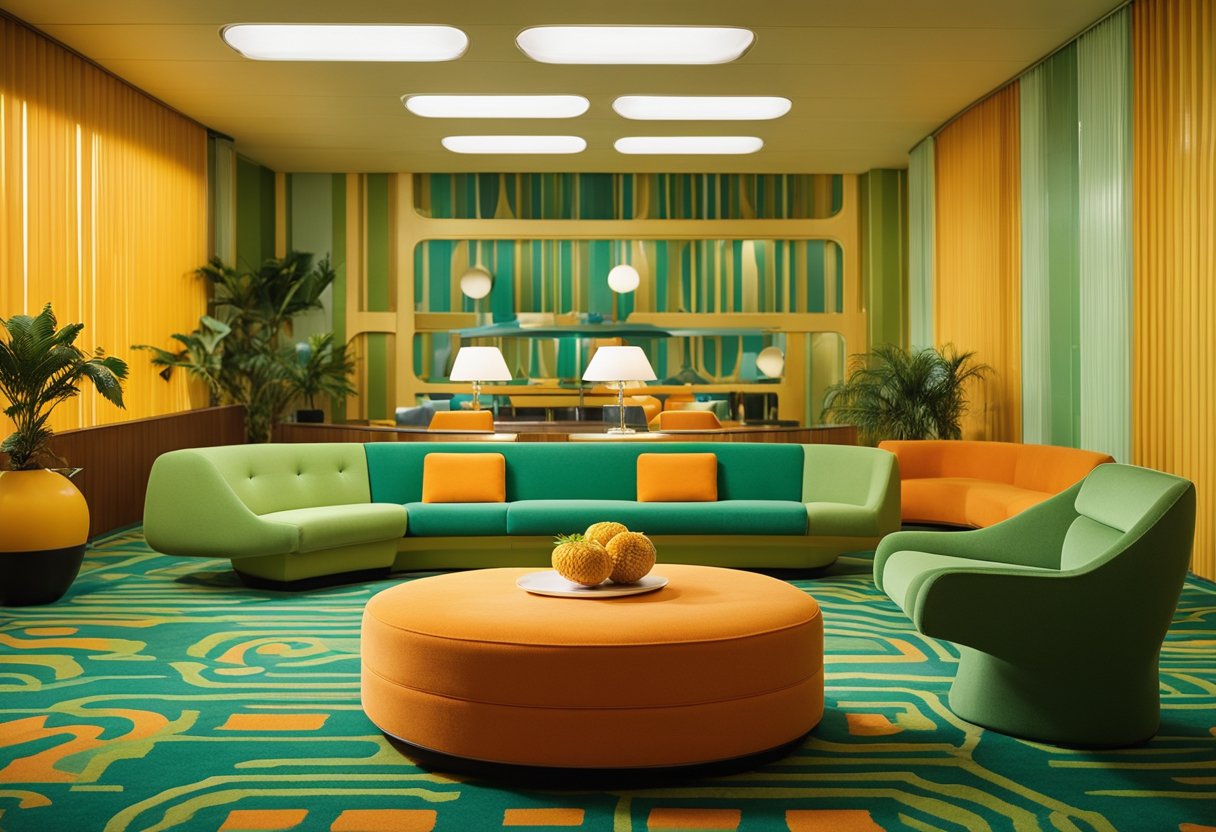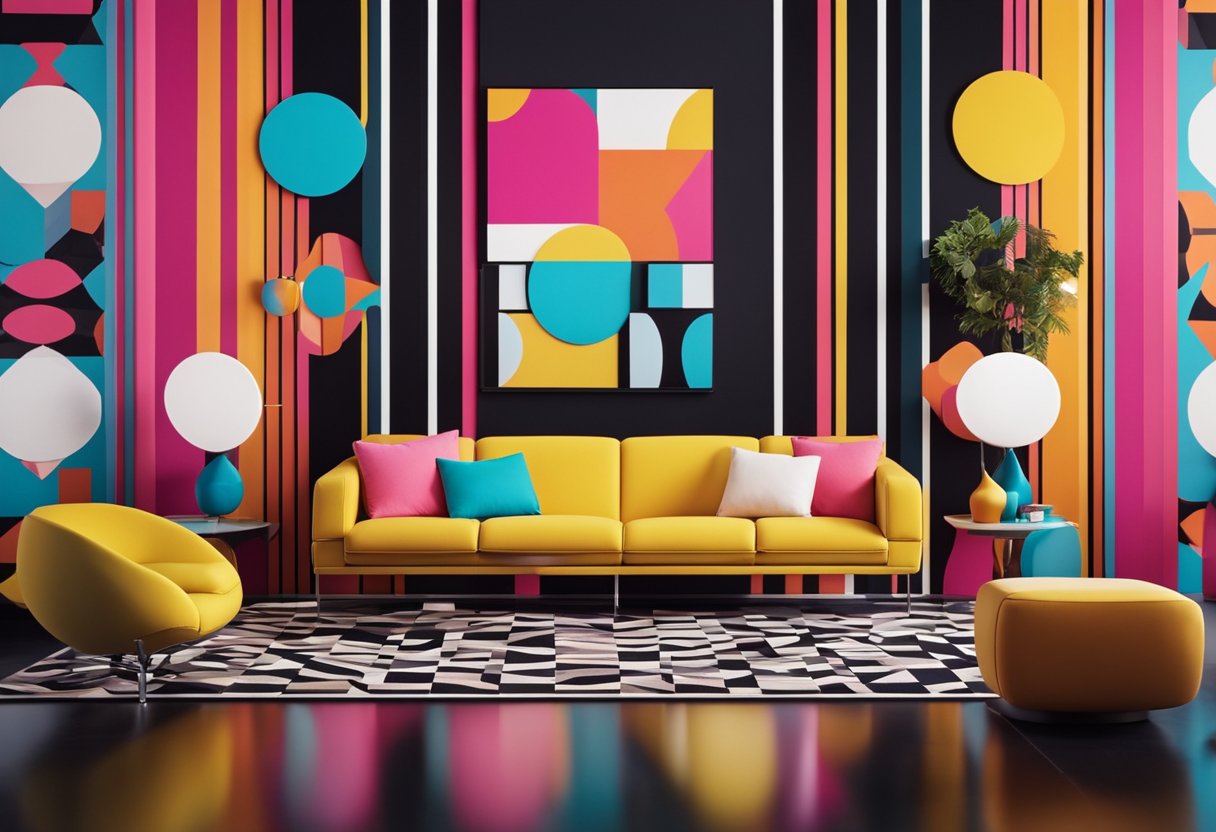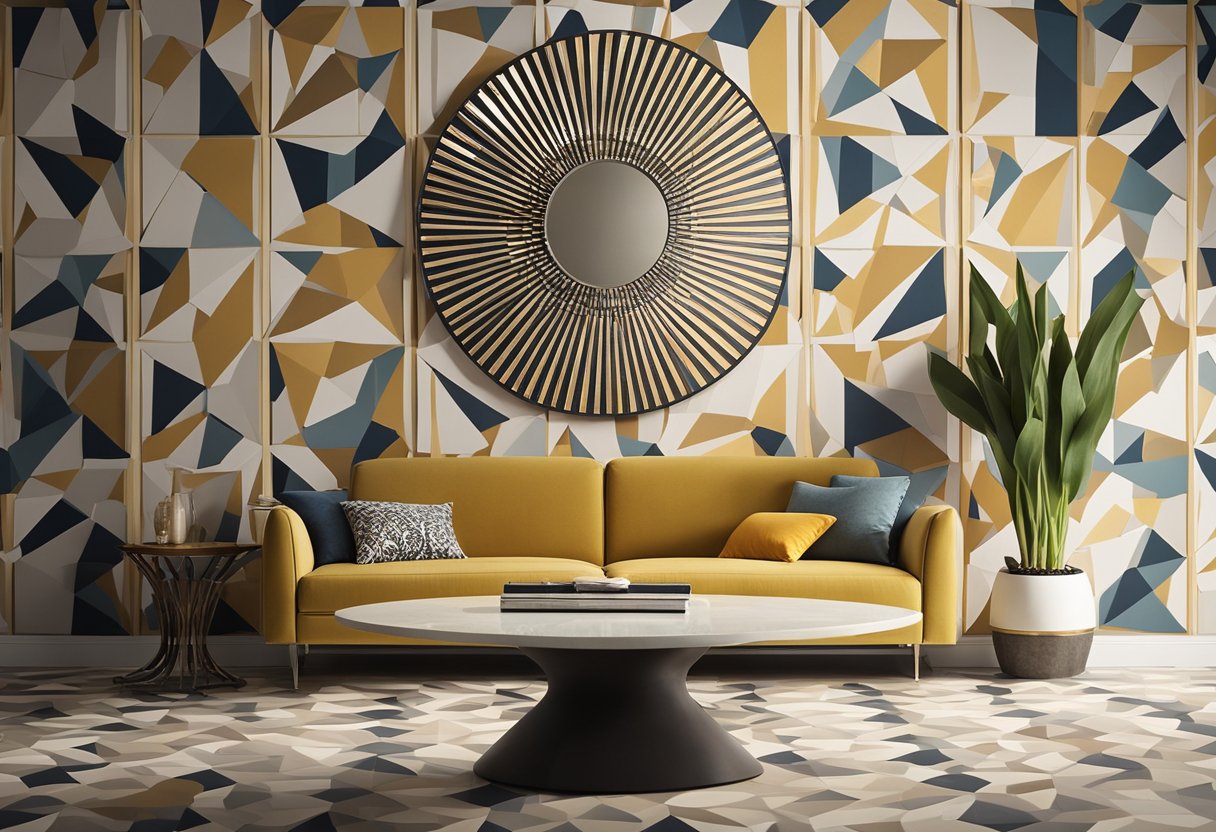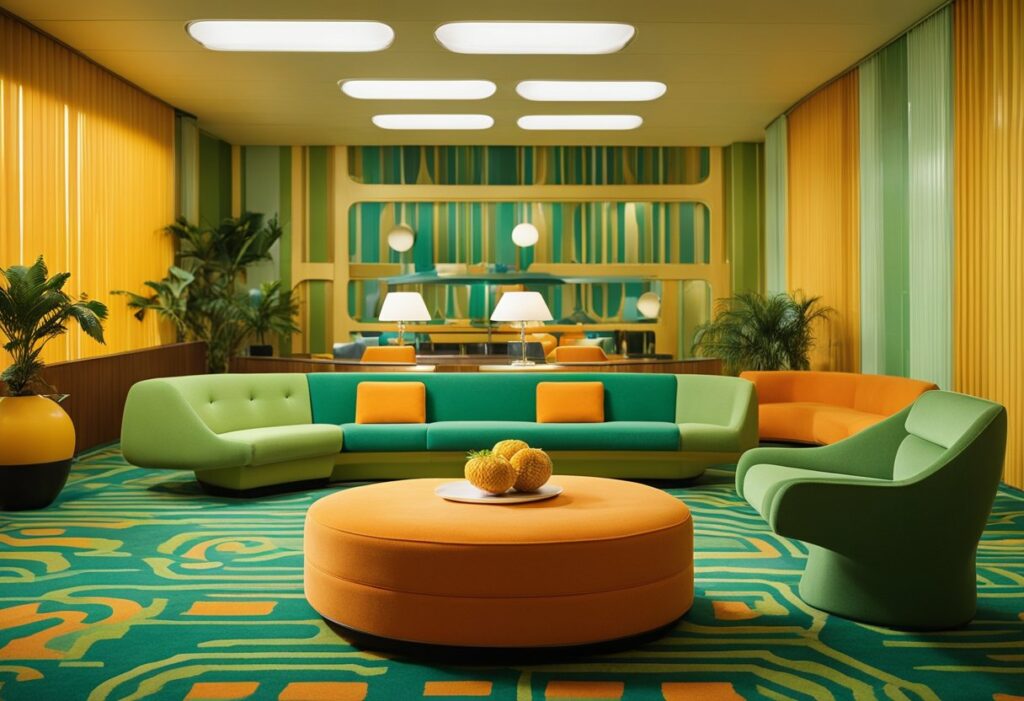1960 Interior Design: A Blast from the Past
If you’re a fan of mid-century modern design, then you’re probably familiar with the iconic styles of the 1960s. This era was marked by a departure from traditional design norms and a celebration of cultural change and individual expression. The 1960s saw a shift towards bold colours, graphic patterns, and futuristic designs that reflected the changing times.

1960s interior design was heavily influenced by the social and political movements of the time, including the civil rights movement and the rise of feminism. The focus was on creating spaces that were welcoming and comfortable, while also being visually striking. This led to a rise in the popularity of open-plan living spaces, which allowed for greater flexibility and freedom of movement. At the same time, designers were experimenting with new materials and techniques, resulting in a range of innovative and exciting new furniture and decor styles.
Overall, the 1960s was a decade of great change and experimentation in interior design. Whether you’re a fan of the bold colours and patterns of the era or the sleek, futuristic designs, there’s no denying the impact that this decade had on the world of interior design.
Key Takeaways
- The 1960s was a decade of great change and experimentation in interior design, marked by a departure from traditional norms and a celebration of cultural change and individual expression.
- 1960s interior design was heavily influenced by the social and political movements of the time, including the civil rights movement and the rise of feminism.
- The focus was on creating spaces that were welcoming and comfortable, while also being visually striking, leading to a rise in the popularity of open-plan living spaces and innovative new furniture and decor styles.
Defining 1960s Aesthetics

If you’re looking to decorate your home with a retro vibe, then the 1960s is a great era to take inspiration from. The 1960s was a decade of change and progress, and this was reflected in the design and aesthetics of the time. In this section, we’ll take a closer look at the defining characteristics of 1960s aesthetics.
Pop Art and Psychedelia
The 1960s was a time of bold and colourful design, with pop art and psychedelia playing a big role in shaping the aesthetics of the decade. Pop art was all about taking everyday objects and turning them into art, often using bold colours and patterns. Psychedelia was all about embracing the mind-altering effects of drugs and creating art that reflected this.
The Space Age Influence
The space race was in full swing during the 1960s, and this had a big impact on design and aesthetics. Space age design was all about embracing new materials and technologies, and creating designs that were futuristic and sleek. This influence can be seen in everything from furniture to lighting.
Minimalism and Functionality
While the 1960s was a time of bold design, there was also a trend towards minimalism and functionality. This was reflected in the rise of mid-century modern design, which was all about creating simple, functional pieces that were both beautiful and practical. This trend can be seen in everything from furniture to architecture.
In summary, the 1960s was a decade of change and progress, and this was reflected in the design and aesthetics of the time. From bold colours and patterns to sleek, futuristic designs, the 1960s was a time of creativity and experimentation. Whether you’re looking to create a retro vibe in your home or simply want to learn more about design history, the 1960s is an era worth exploring.
Iconic Furniture and Decor

If you’re looking to bring the iconic style of the 1960s into your home, then you’ll need to start with the right furniture and decor. This era was defined by its innovative use of materials, bold colours, and unique designs. Here are some of the most iconic pieces that will help you create the perfect 1960s-inspired interior.
Influential Designers and Pieces
One of the most influential designers of the 1960s was Arne Jacobsen. His Egg Chair, Swan Chair, and Series 7 Chair are still popular today and are considered icons of the era. Other notable designers include Charles and Ray Eames, who created the iconic Eames Chair, and Verner Panton, who designed the Panton Chair, a moulded plastic chair that was one of the first of its kind.
Materials and Textures
The 1960s saw a shift towards the use of modern materials such as plastic, glass, and steel. Moulded plastic was particularly popular, and chairs such as the Panton Chair and the Eames Chair were made from this material. Shag rugs and carpets were also popular, adding texture and warmth to interiors. Lava lamps were another popular accessory, adding a touch of psychedelic flair.
Colour Palettes and Patterns
Bright colours were a hallmark of 1960s interior design, with shades of avocado, yellow, and tangerine being particularly popular. Bold patterns were also in vogue, with wallpaper and blinds featuring geometric designs and abstract patterns. Lamps and sofas were often upholstered in bright colours to add a pop of colour to interiors.
In summary, if you want to create a 1960s-inspired interior, look for furniture and decor that features modern materials, bold colours, and unique designs. Whether you opt for a Panton Chair or a shag rug, you’re sure to create a space that’s both stylish and nostalgic.
Frequently Asked Questions

What are the defining characteristics of a 1960s living room?
A 1960s living room is characterized by bold colours, geometric patterns, and futuristic designs. The use of bright and contrasting colours such as orange, yellow, and green was popular during this era. Furniture pieces were often low to the ground, with clean lines and smooth curves. The use of shag carpets, lava lamps, and bean bag chairs was also prevalent during this period.
How can I infuse 1960s vibes into my modern interior?
To infuse 1960s vibes into your modern interior, you can start by incorporating bold colours and patterns into your decor. You can also add retro-inspired furniture pieces such as a low-slung sofa or a tulip chair. Incorporating vintage accessories such as a rotary phone or a record player can also add a touch of nostalgia to your space.
What are typical colour schemes and patterns found in 1960s bedrooms?
Typical colour schemes in 1960s bedrooms include bold and bright colours such as pink, orange, and turquoise. Patterns such as paisley, floral, and geometric shapes were also popular during this era. Furniture pieces were often made of wood and had a sleek, modern design.
Could you name some iconic pieces of furniture from the 1960s era?
Some iconic pieces of furniture from the 1960s era include the Eames Lounge Chair, the Saarinen Tulip Chair, the Noguchi Coffee Table, and the Arne Jacobsen Egg Chair. These pieces are still popular today and are considered to be timeless classics.
How do I recreate a 1960s-inspired decor on a budget?
To recreate a 1960s-inspired decor on a budget, you can start by shopping at thrift stores or flea markets for vintage furniture pieces. You can also incorporate retro-inspired accessories such as lava lamps, vintage posters, and colourful throw pillows. Painting an accent wall with a bold colour or adding a patterned wallpaper can also add a touch of 1960s flair to your space.
What are the key differences between 1960s and 1970s design trends?
The key differences between 1960s and 1970s design trends are that the 1960s were characterized by bold and bright colours, geometric shapes, and futuristic designs, while the 1970s were characterized by earthy tones, natural materials, and a more bohemian style. The use of shag carpets and macrame was also popular during the 1970s.



